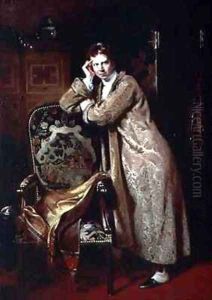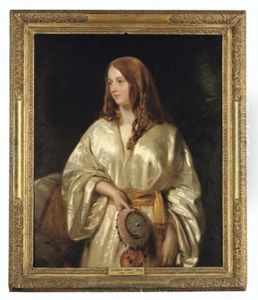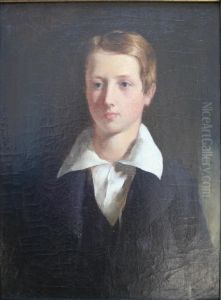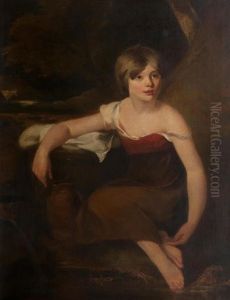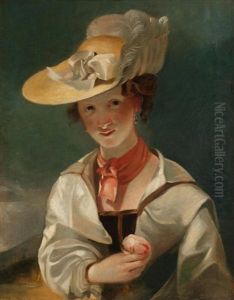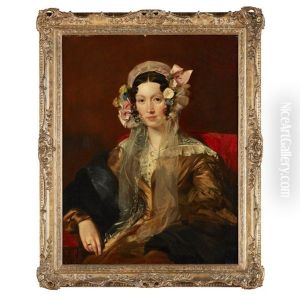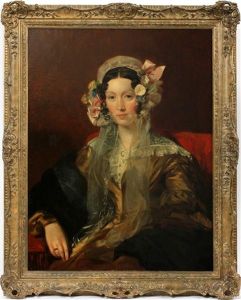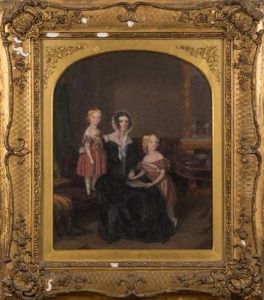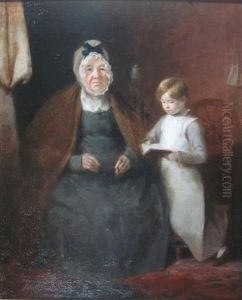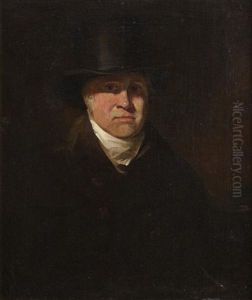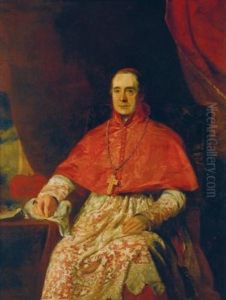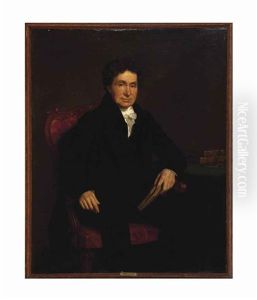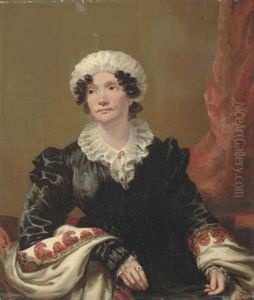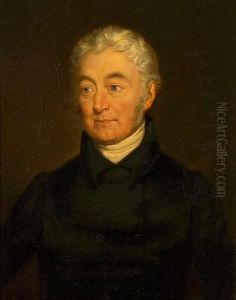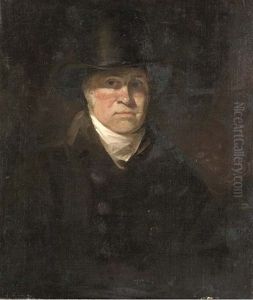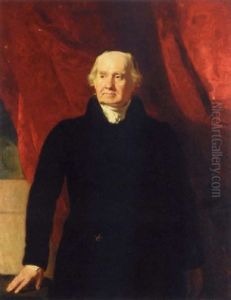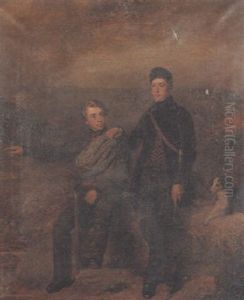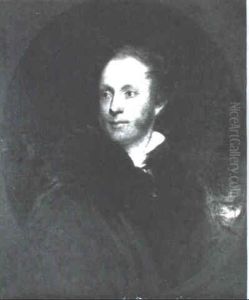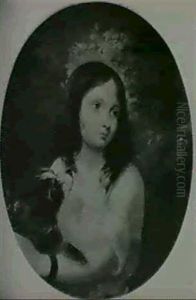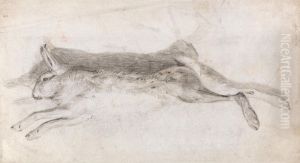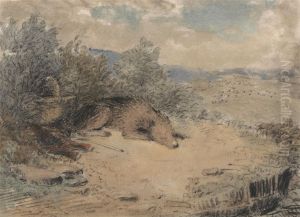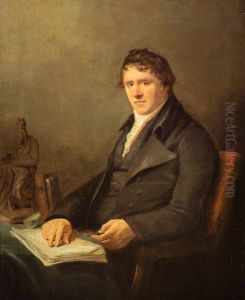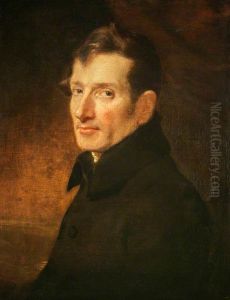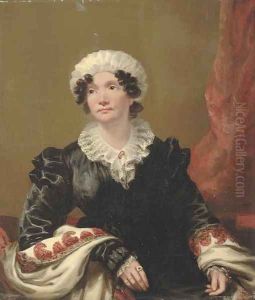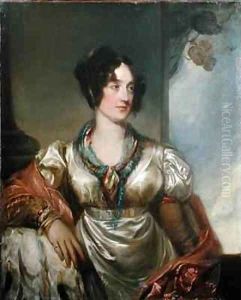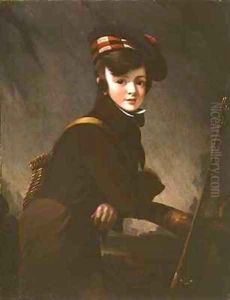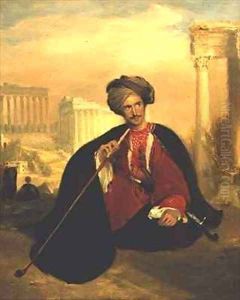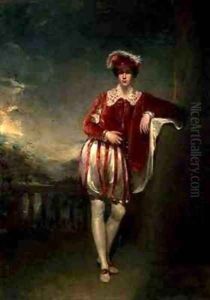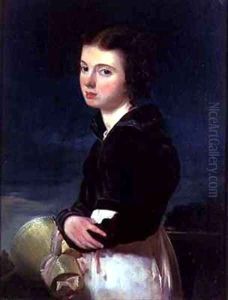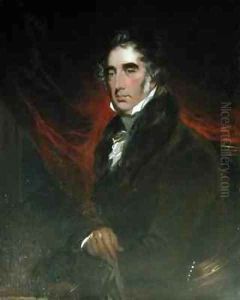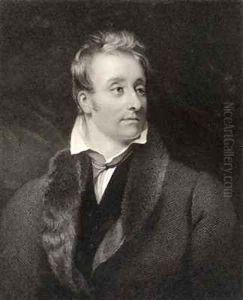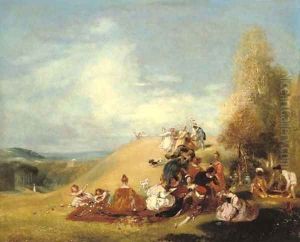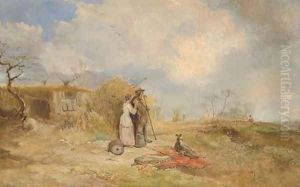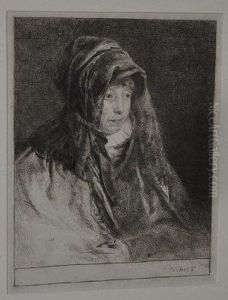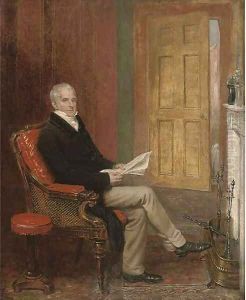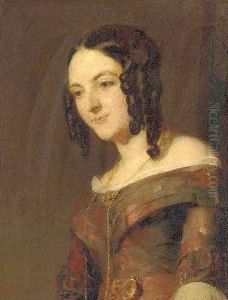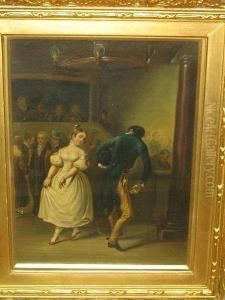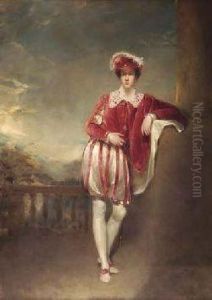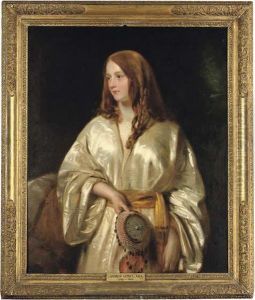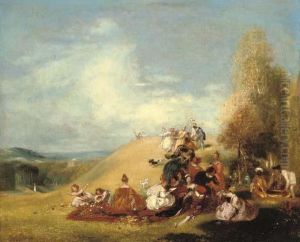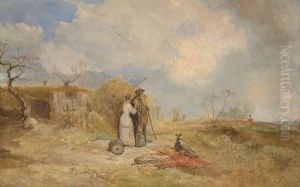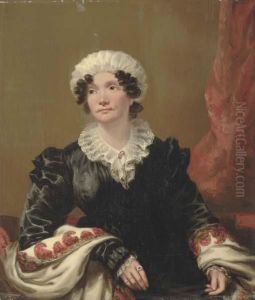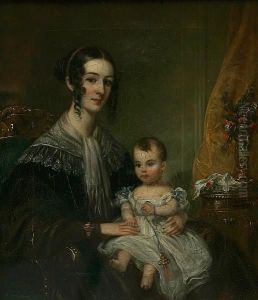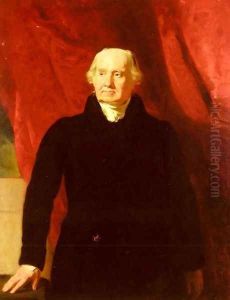Andrew Geddes Paintings
Andrew Geddes was a Scottish portrait painter and etcher, born in Edinburgh on April 5, 1783. He was the son of Janet (née Smellie) and David Geddes, a prosperous Edinburgh merchant. Geddes attended the Royal High School in Edinburgh and was initially apprenticed to a writer to the signet, but he showed a keen interest in painting from an early age and eventually pursued a career in the arts.
In 1806, he moved to London where he studied at the Royal Academy Schools from 1808. Geddes was influenced by the works of the great masters and conducted extensive studies of the Old Masters in the National Gallery. He traveled extensively throughout Europe between 1810 and 1820, visiting France, Italy, and the Netherlands, where he studied the techniques of the Dutch and Flemish painters, which influenced his approach to color and composition.
Geddes specialized in portraits, and he became known for his sensitive and insightful depictions of his subjects. His portraits were praised for their naturalistic style and the way they captured the character and personality of the individuals he painted. In addition to portraits, Geddes also produced a number of etchings, historical paintings, and genre scenes.
Despite his talent, Geddes struggled with financial instability throughout his career. He was never elected to the Royal Academy, though he exhibited there regularly between 1809 and 1832. His work was well received by critics, but he did not achieve the level of commercial success enjoyed by some of his contemporaries.
Geddes returned to Edinburgh in 1834 due to ill health and continued to paint until his death on May 5, 1844. His legacy includes a collection of finely crafted portraits that are held in galleries and private collections around the world. Although not as well-known as some of his peers, Geddes' contribution to Scottish art and portraiture is recognized by art historians and connoisseurs of the period.
